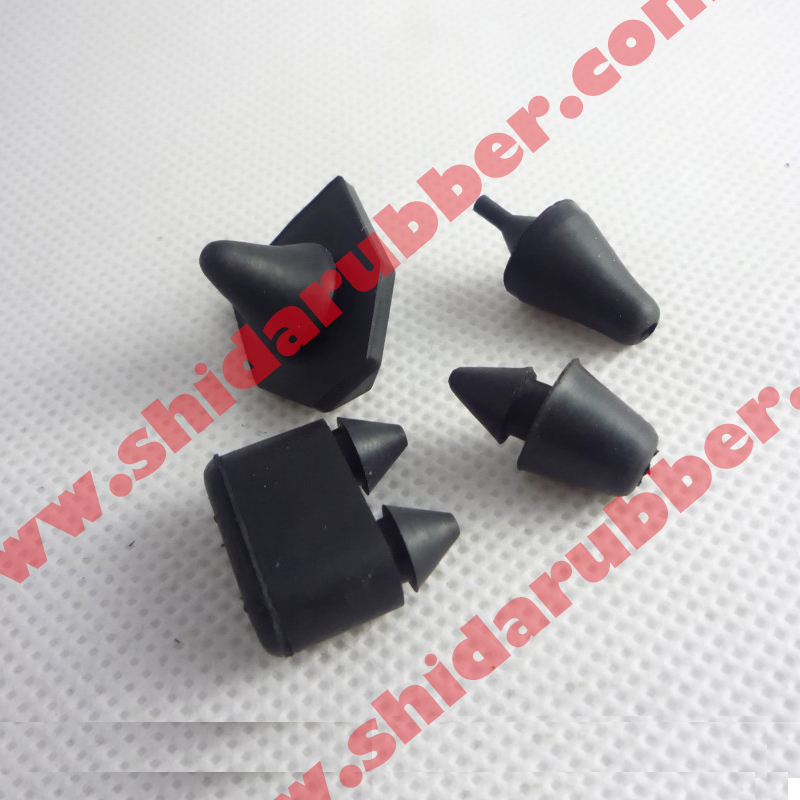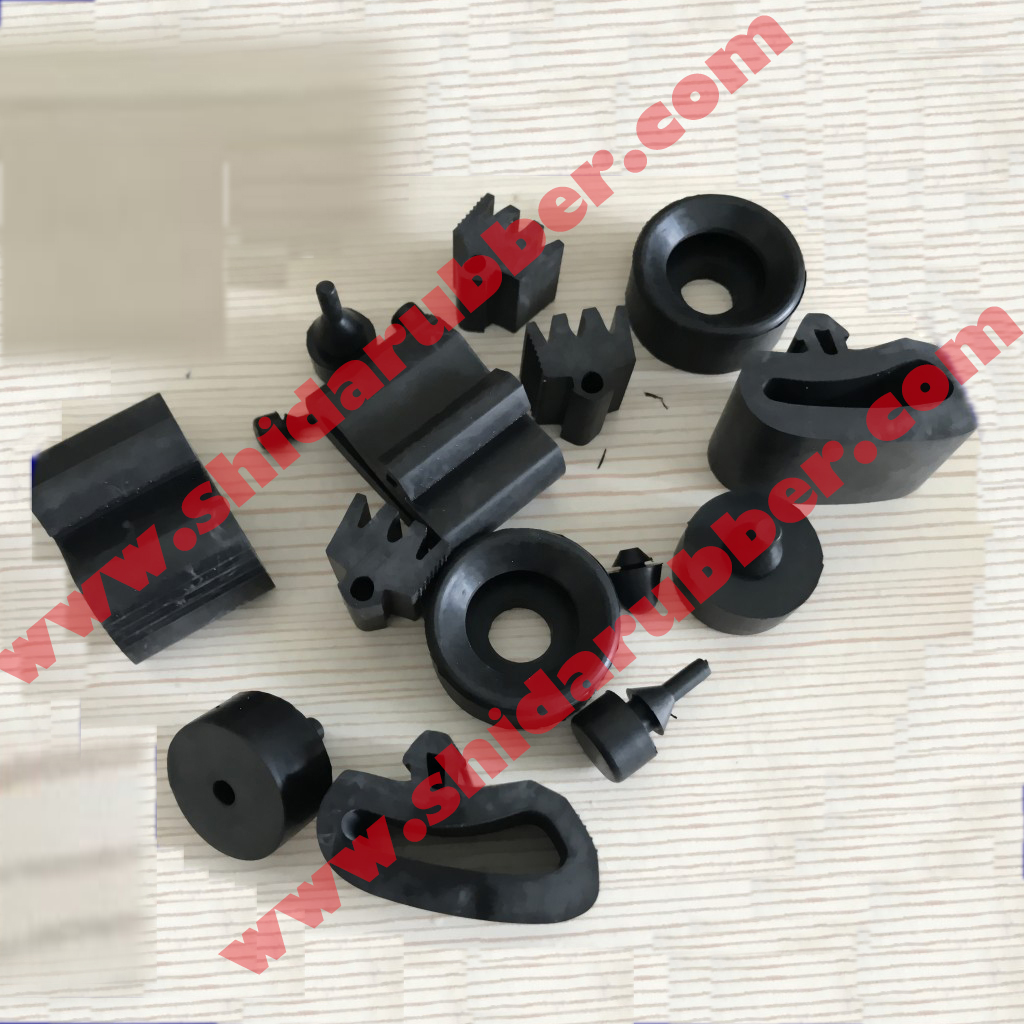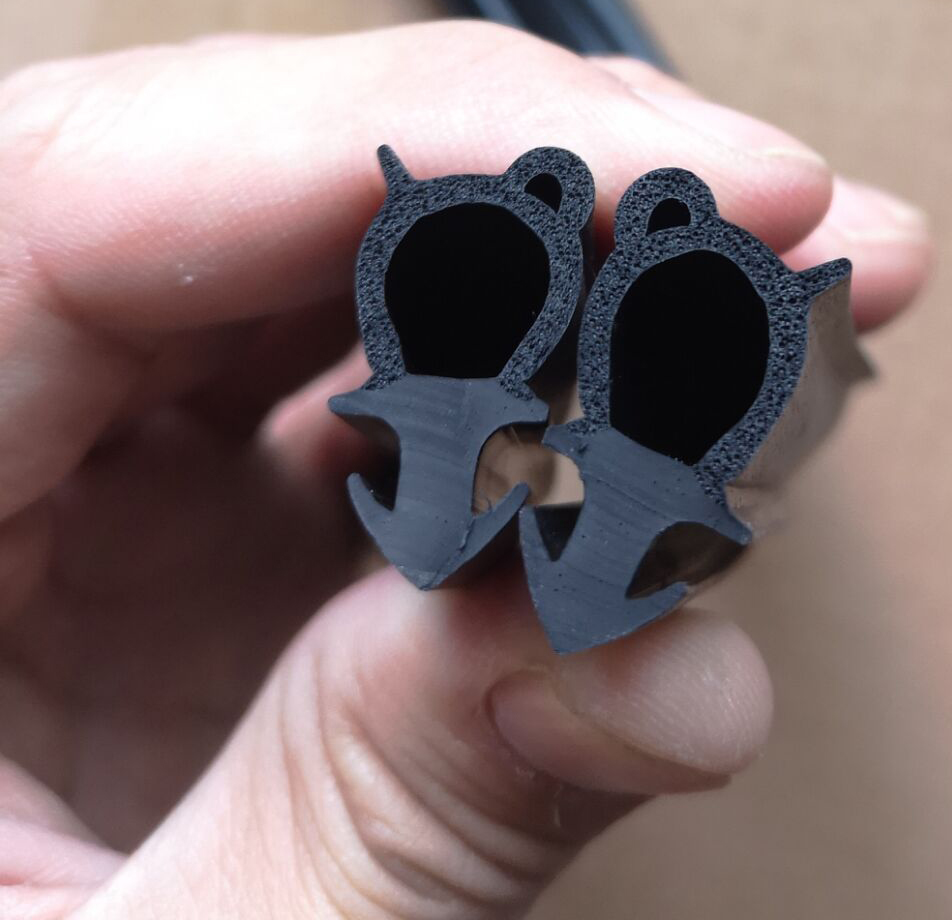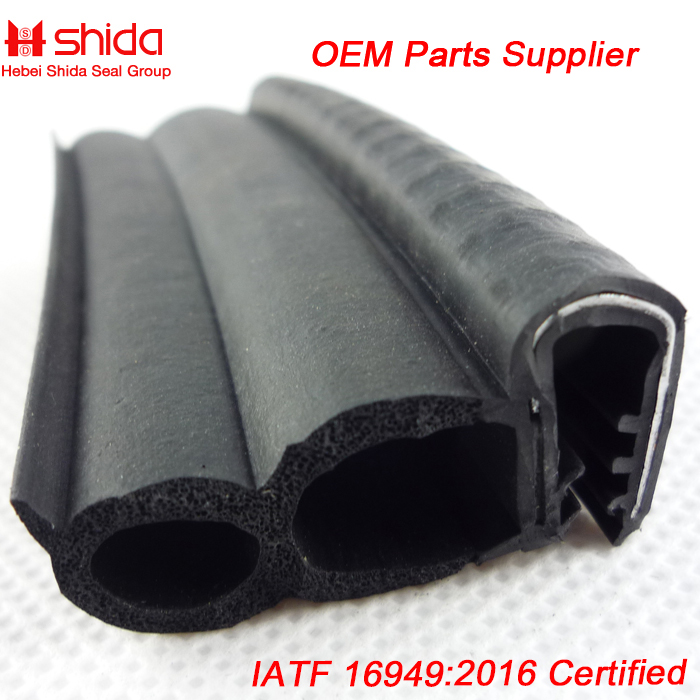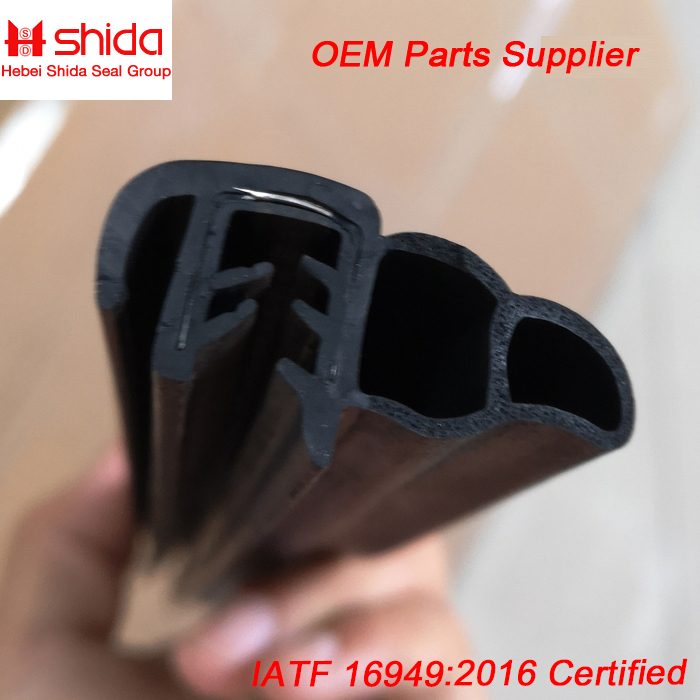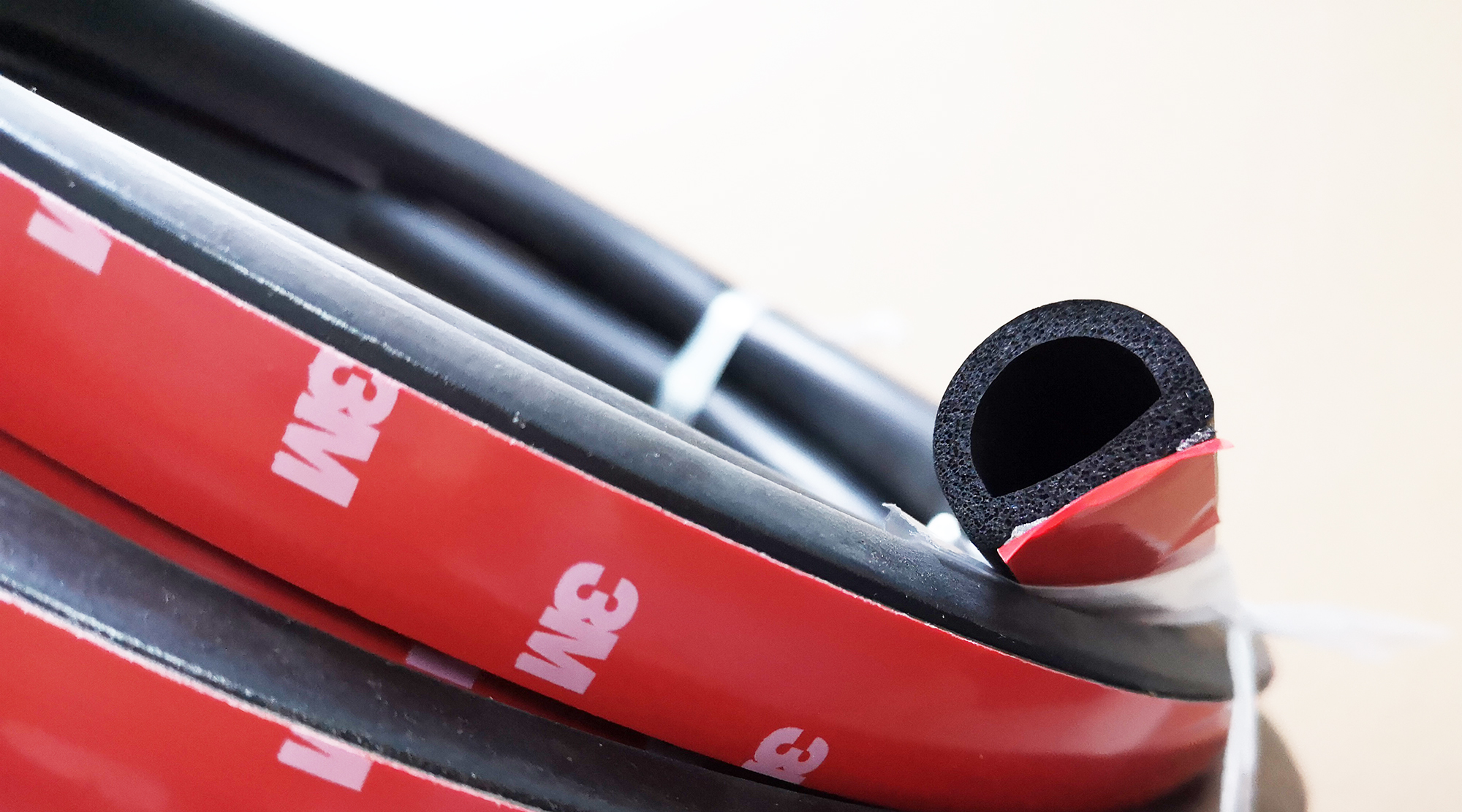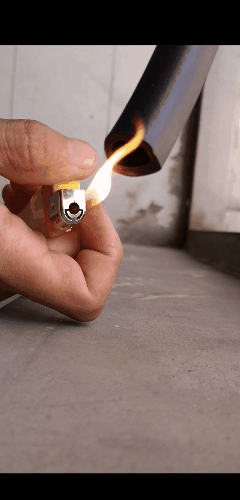KIYOSU, Japan–Toyoda Gosei Co., Ltd., through its regional headquarters in China1 (Toyoda Gosei China), is purchasing a majority stake in Hubei Rock Rubber and Seal Technology Co., Ltd. (“Hubei Rock”) to strengthen its automotive parts business in China, the world’s largest automobile market2.
Hubei Rock, located in central China, is an independent supplier that provides weatherstrips mainly to Dongfeng Motor Corporation, one of China’s “Big Three” automakers, and its joint venture companies with Japanese and other foreign manufacturers, including Dongfeng Honda Automobile Co., Ltd. and Dongfeng Peugeot-Citroën Automobile Co., Ltd.
Toyoda Gosei China plans to purchase 60% shares from Hubei Rock’s parent company, Hubei Zhengao Automotive Accessories Co., Ltd., for approximately 800 million yen3 in December 2018.
Toyoda Gosei’s decision to invest in Hubei Rock was made with the aim of rapidly expanding its business in the region by merging the Toyoda Gosei Group’s technology and knowledge in product design and production, cultivated as a global supplier of rubber and plastic parts, with Hubei Rock’s track record and sales channels built up over many years of business with automakers in central China.
With this partnership, Toyoda Gosei’s production network in China will expand to 4 locations: TG Star Light in northern China, Foshan TGR and Fu-Yue in southern China, and now Hubei Rock in Central China. Toyoda Gosei considers China to be a crucial market, and will continue to strengthen its development and production networks there.
| |
1 |
|
Toyoda Gosei (Shanghai) Co., Ltd. The name of this company will be changed to Toyoda Gosei (China) Investment Co., Ltd. as changes from a management company to an investment company in December 2018. |
| |
2 |
|
Toyoda Gosei China will invest in Hubei Rock following approval by the Chinese authorities. |
| |
3 |
|
Calculated at 1 Chinese yuan = 16 Japanese yen |
| |
|
Outline of Hubei Rock
|
| Name |
|
Current:
Hubei Rock Rubber Seal Technology Co., Ltd. |
| |
After merger:
Hubei Toyoda Gosei Zhengao Rubber and Seal Technology Co., Ltd.
|
| Location |
|
No. 9 Dongfeng Ave., Maojian, Shiyan, Hubei, China |
| Established |
|
April 1995 |
| Capital |
|
4,600 million yuan |
| Shareholders |
|
Current:
Hubei ZhengAo Automotive Accessories Co., Ltd.
|
|
100%
|
| |
After merger:
Toyoda Gosei (China) Investment Co., Ltd.
Hubei Zhengao Automotive Accessories Co., Ltd.
|
|
60%
40%
|
| Products |
|
Weatherstrips:
Opening weatherstrips, door weatherstrips, glass runs, etc.
|
| Area |
|
Land 78,000 m2
Buildings 43,200 m2
|
| Employees |
|
281 people (as of March 31, 2018) |
| Sales |
|
81.9 million yuan (FY2017) |
| |
About Toyoda Gosei
Established in 1949 and headquartered in Kiyosu, Aichi Prefecture, Japan, Toyoda Gosei is a leading specialty manufacturer of rubber and plastic automotive parts. Today, the Toyoda Gosei Group provides a variety of high-quality products internationally, with a network of approximately 100 plants and offices in 18 countries and regions. Through its flexible, integrated global supply system and leading-edge technologies, Toyoda Gosei aims to grow as a global company that acts flexibly and swiftly in today’s dramatically changing business environment, delivering the highest levels of satisfaction to customers worldwide through safety, comfort, well-being and the environment.
